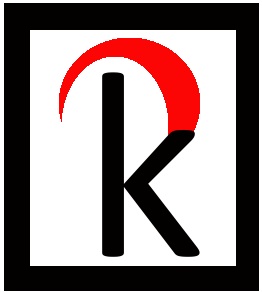Responding to new needs: Flood vulnerability assessments
On-going trainings in different fields are necessary to respond to the increasing diversity of questions and needs of collectors and institutions. With this in mind, last week I attended a one-day course on “Carrying Out a Vulnerability Assessment on Buildings and Equipment” (Réaliser un diagnostic de vulnérabilité sur des bâtiments et des équipements).
A mix of theory and practice, the training introduced participants to the concepts of risk and vulnerability regarding floods. We were taught how to carry out a vulnerability assessment and what reduction measures would be advisable in different situations.
As museums and collectors are very much aware of, floods will greatly damage a collection and the building, even rendering them inaccessible. To prepare for this, professionals in the cultural sector have been hard at work building disaster preparedness and emergency response plans for their institutions. Knowing what the risk points and mitigation possibilities are is imperative when putting together this plan.
The course also included how to plan for the financial drawback that a flood will cause, which is an essential part of managing a collection.
Organised by Episeine, a sub-division of the French EPTB Seine Grands Lacs, one of the aims of this event was to bring together different partners and initiatives concerned by flood risk prevention. As one of two art and heritage-related participants, it was a great pleasure to be included in this day, along with representatives of local city halls, art insurance providers and the Red Cross.
